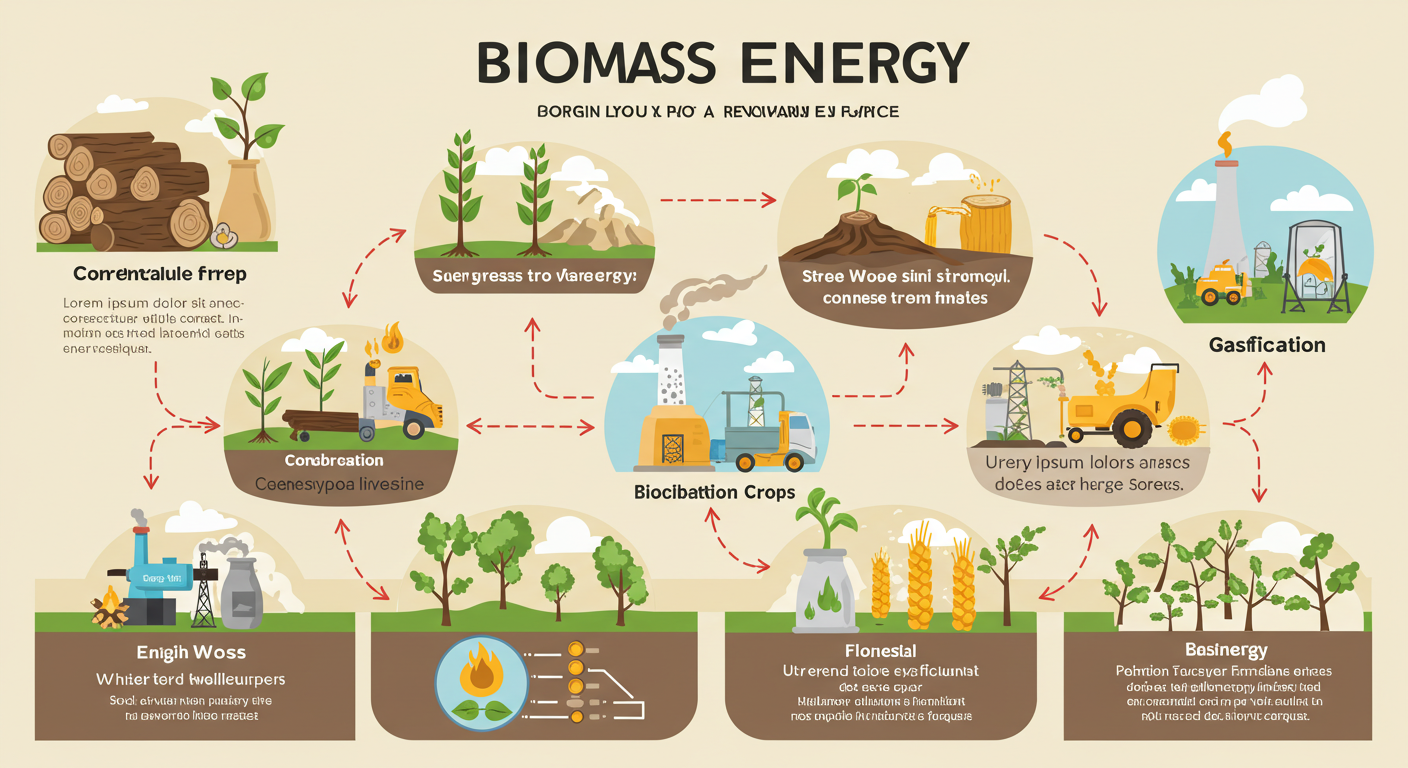Introduction to Agroecological Farming
Agroecological farming systems are transforming the way we view agriculture. This approach integrates ecological principles into farming practices, allowing for a more sustainable and resilient food production system. By focusing on biodiversity, soil health, and ecosystem functions, agroecology seeks to optimize agricultural output while minimizing environmental impact.
The Benefits of Agroecological Practices
Implementing agroecological farming offers various advantages. This system promotes healthy soils, which in turn leads to increased crop yields. By diversifying crops and utilizing natural pest management, farmers can reduce reliance on chemical fertilizers and pesticides. Agroecology also improves the resilience of farms against climate change, as diverse ecosystems are better able to withstand adverse conditions.
Steps to Implement Agroecological Systems
Transitioning to agroecological farming systems requires careful planning and execution. Farmers should start with assessing their current farming practices and identifying areas for improvement. Gradually incorporating crop rotation, cover cropping, and agroforestry can enhance soil quality and promote biodiversity. Furthermore, engaging in community-based programs and knowledge-sharing platforms fosters collaboration and innovation among farmers, ultimately leading to a successful agroecological transition.





